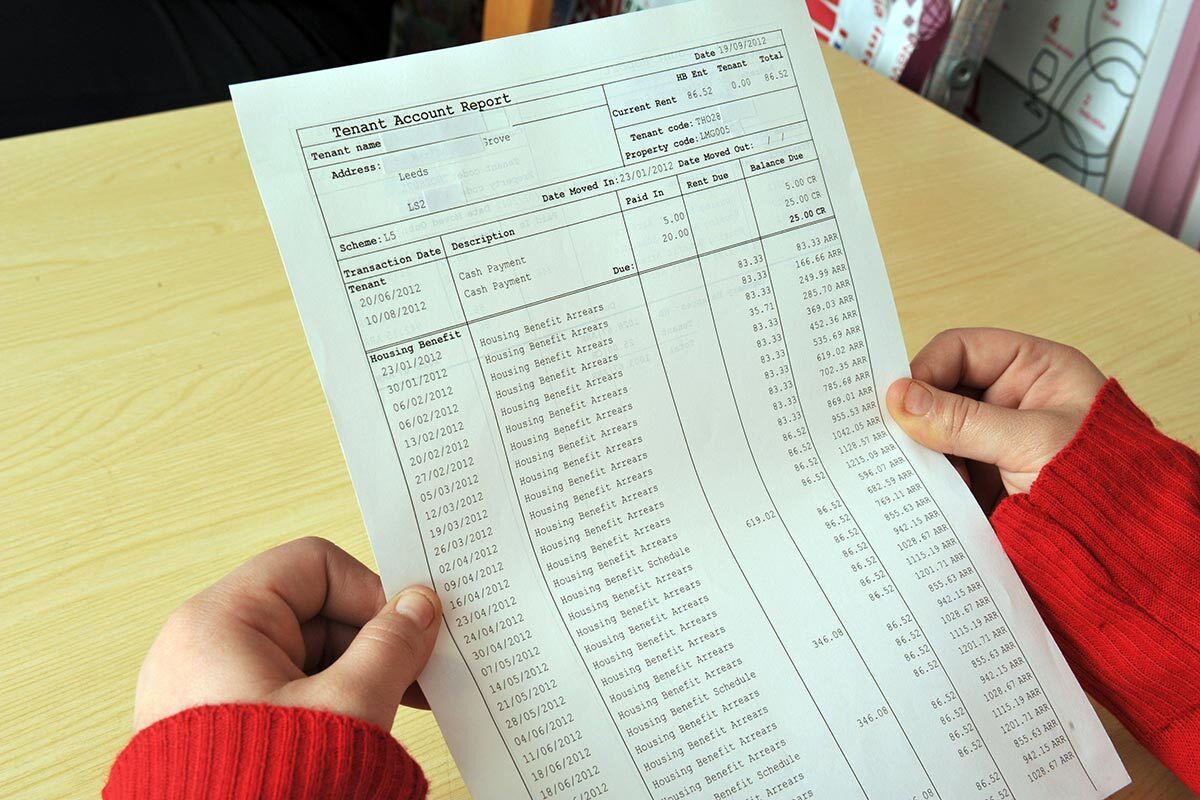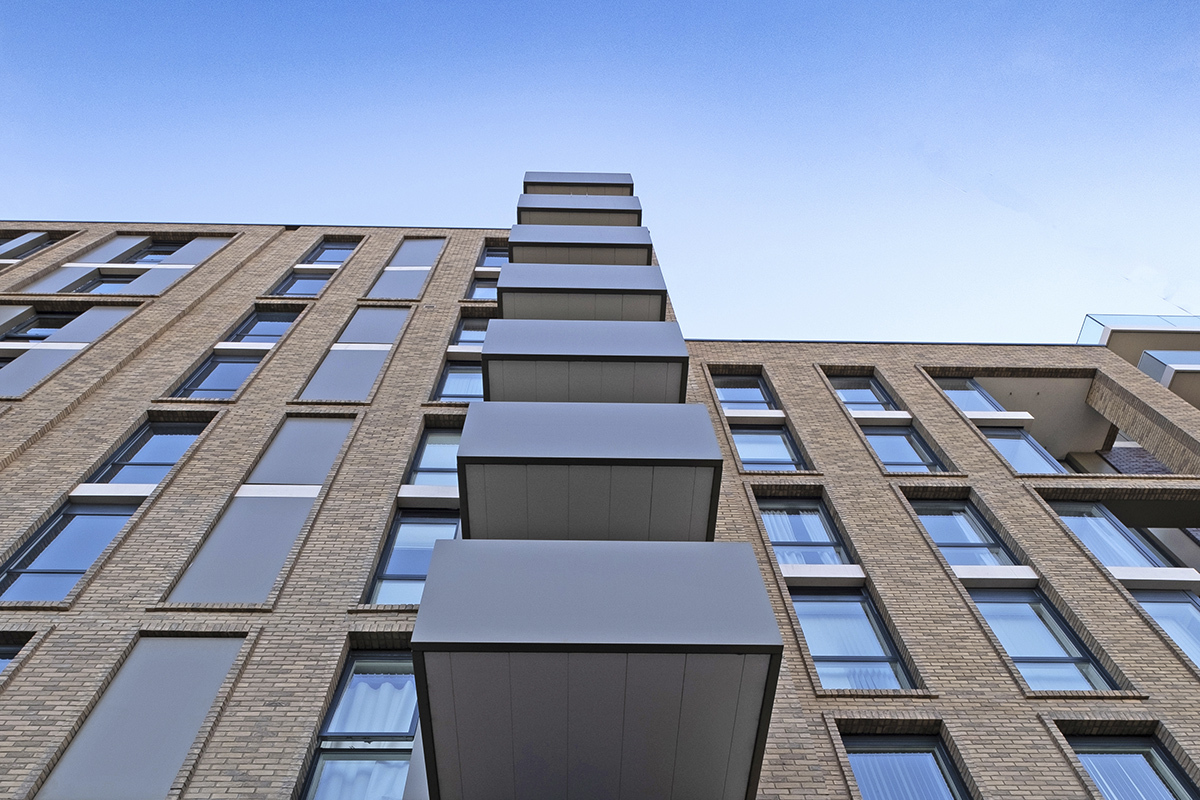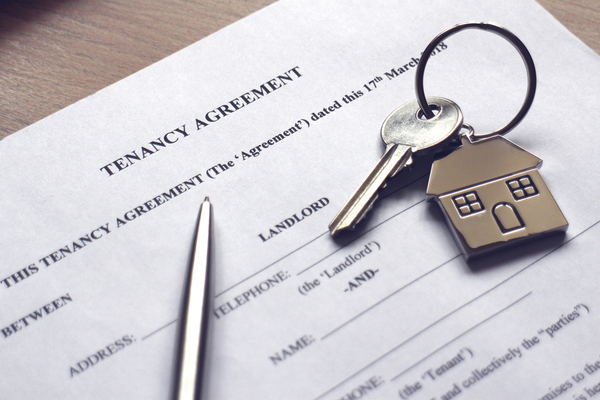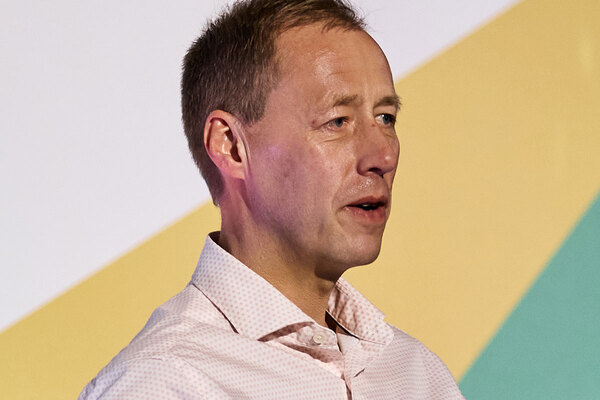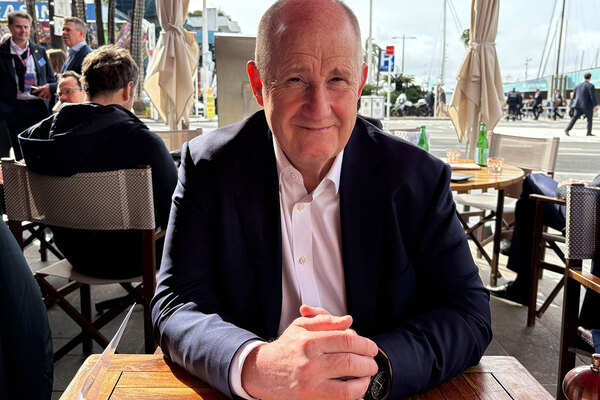Two-thirds of associations have more tenants in arrears than during pandemic, study finds
More tenants are in rent arrears now than during the coronavirus pandemic, said two-thirds (66%) of respondents to a survey of housing associations on pressures facing the sector.
The research, to which 100 senior executives contributed, also found that 33% of associations are having to bring in more flexible payment plans or other measures to mitigate arrears, such as rent or service charge holidays.
Meanwhile, a similar proportion (32%) said they are introducing hardship funds for tenants, while 29% are in partnership with foodbanks.
The study report, commissioned by data analytics firm Mobysoft, warned of the risk of a “rent arrears epidemic”, citing previous research it had carried out which found that more and more tenants are falling into debt for the first time.
Almost half (42%) of respondents to the new survey said they are providing financial guidance to tenants, while 36% said they are taking other step,s such as helping people develop skills or connecting them to job opportunities.
Income collection and rent arrears were among a series of key challenges mentioned by landlords relating to the cost of living crisis, which also included the social housing rent cap and broader economic uncertainty.
The list of priorities was topped by accessing land for development and meeting housing need, with 67% of respondents saying they will be building more this year than in the year leading up to the pandemic.
But the report said that based on housing associations’ investment plans for the year, it was “evident” they are now focusing more on managing existing properties and serving residents than on building new.
More respondents mentioned as top investment priorities repairs and maintenance (29%), supporting residents (29%) and tackling damp and mould than developing new affordable housing (25%).
Julie Lorraine, strategic director at Mobysoft, which has more than 170 housing association clients, said social housing is “between a rock and a hard place, with conflicting obligations creating a dichotomy in the sector”.
She added: “Housing associations are under mounting pressure to invest in improving existing homes, including sustainability upgrades, while also continuing to deliver more new homes.
“At the same time, the cost-of-living crisis is putting their main revenue stream – rent collection – under pressure as increasing numbers of financially vulnerable social housing customers start falling behind on their payments.”
Mr Lorraine stated that the combined pressures posed a “real challenge” for the sector.
She added: “When you consider the payment holidays available to renters during the pandemic, [the fact] that more social housing residents are in arrears now is a stark indicator of the impact the cost of living increase is having.
“Without a major rethink at a government policy level, we risk the affordable housing sector becoming unaffordable for both residents and providers.”
Aside from building and maintaining stock and supporting residents, 29% of respondents said that using technology to boost productivity was a top investment priority.
Meanwhile, 34% said they were looking to reduce staff numbers as a way of boosting growth; 30% were looking to do so by securing capital market funding or by building new homes (30%).
Robert Beiley, partner and affordable housing specialist at the law firm Trowers & Hamlins, said: “The tension between investment in existing stock, new build and supporting residents is at the heart of every conversation we are having with the social housing sector at the moment.”
He added: “There is an enormous amount of subsidy being put into housing, but it is largely delivered through the local housing allowance, much of which ends up in the hands of private landlords.
“We as a sector need to articulate the case for capital investment now in order to save treasury revenue in the long run and protect against a worsening housing crisis.”
Sign up for our tenancy management newsletter
Already have an account? Click here to manage your newsletters
